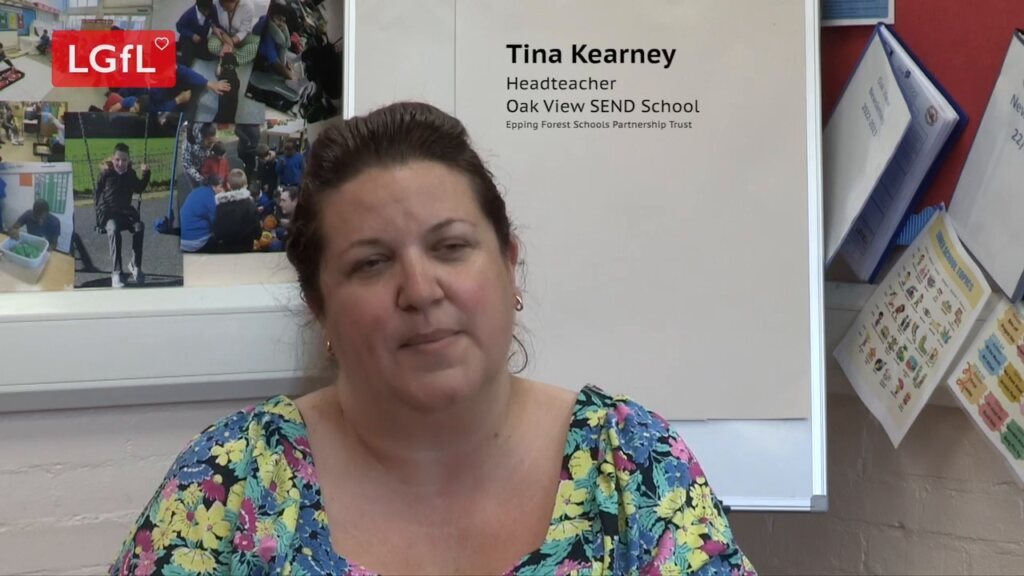Expressing feelings
"The concept of death... and the emotion young people were feeling at that time, because we were a heart-broken community, triggered other feelings in those young people..."
Use the tools and strategies already in place to help a pupil express how they are feeling. This might be a feelings thermometer, pictures, signs, eye pointing frame or another communication strategy. Let them know that whatever they are feeling it is OK and that grief is different for everybody. They may not realise that the emotion they’re feeling is connected to their grief, especially if it seems different to how other people around them are grieving.
Supporting them to connect their feelings to their bereavement will help. It might be appropriate to discuss your own emotional reactions with the pupil to model how you express your feelings, and to provide reassurance. Adults may want to avoid showing their own emotions in front of young people, and that is OK. However, if young people never witness these reactions, it can lead to misconceptions about how other people grieve. When working with a young person, it is best to acknowledge your reaction, reassure the pupil that you are alright or will feel better soon, and help to be a role model for them. It is important to ensure you look after yourself too, so seek support from your colleagues, friends, family, or a support organisation.
Modelling of grief could also be done using characters, stories, or toys. Trying to link to a particular interest of the pupil can also be beneficial.
Further links:

